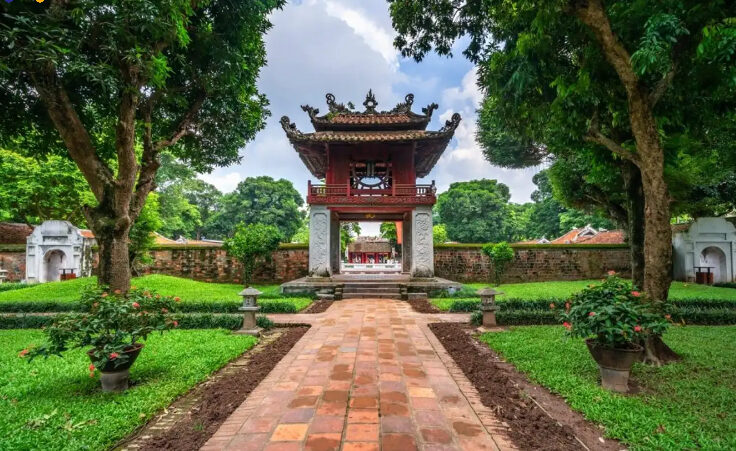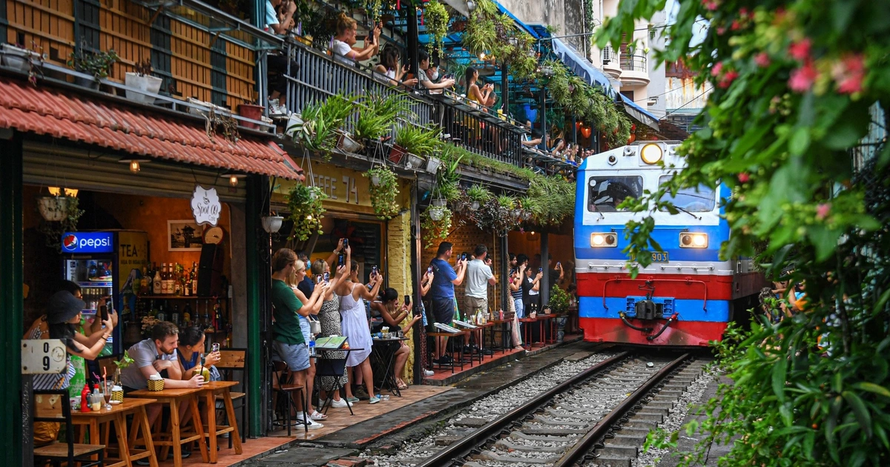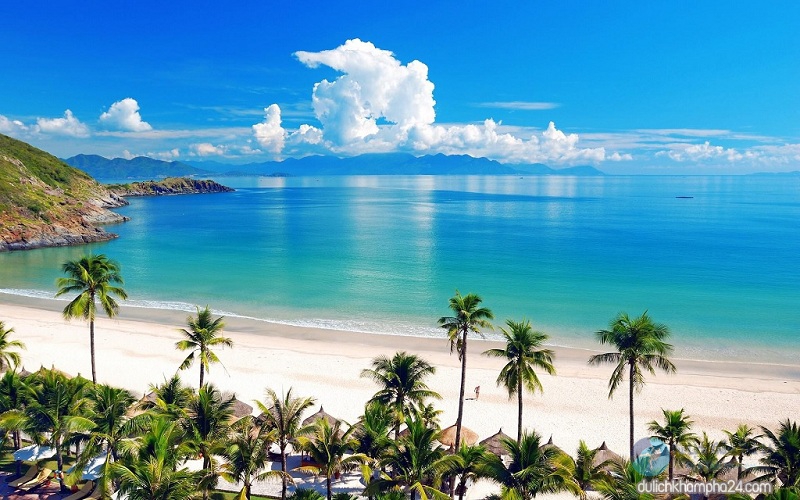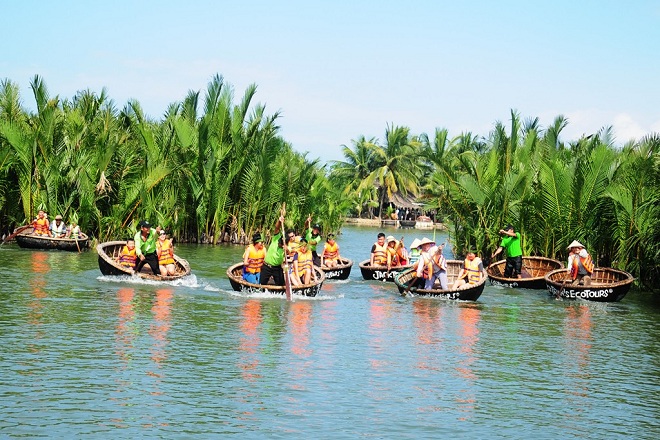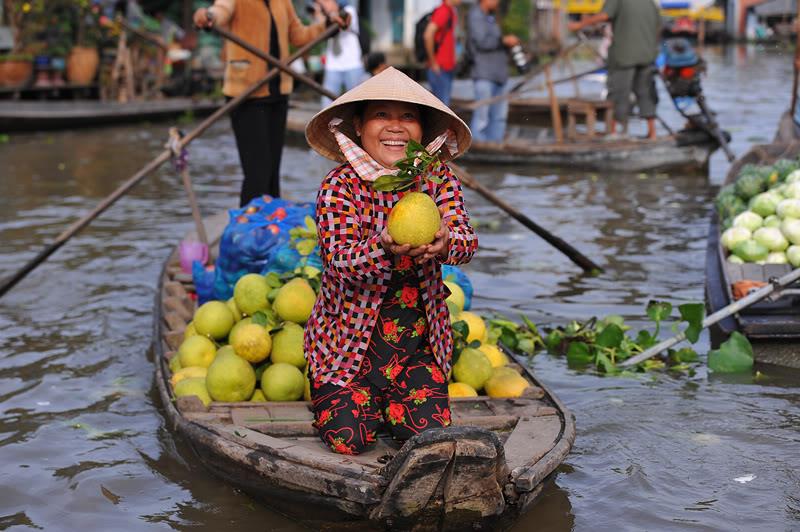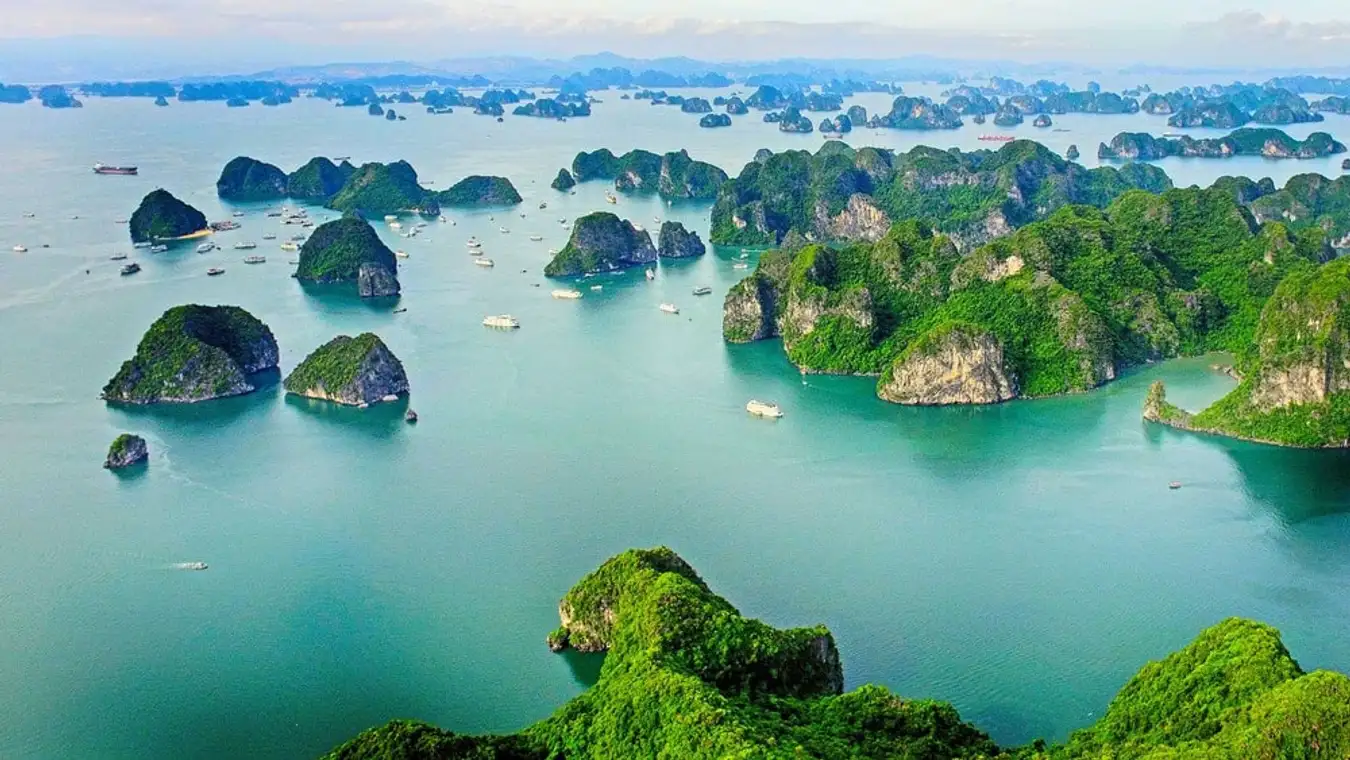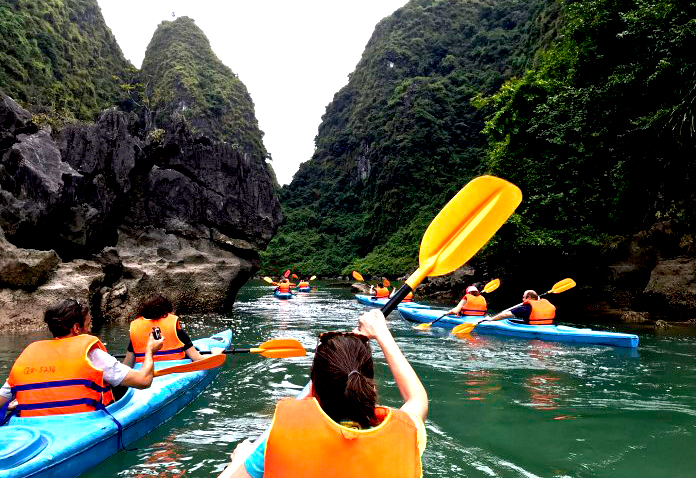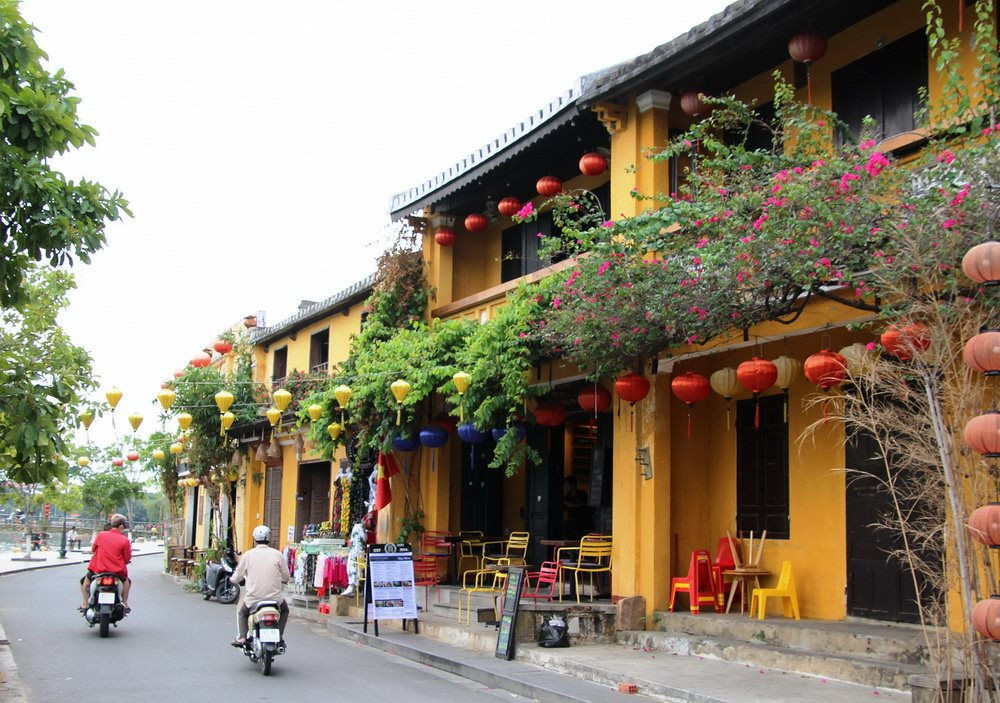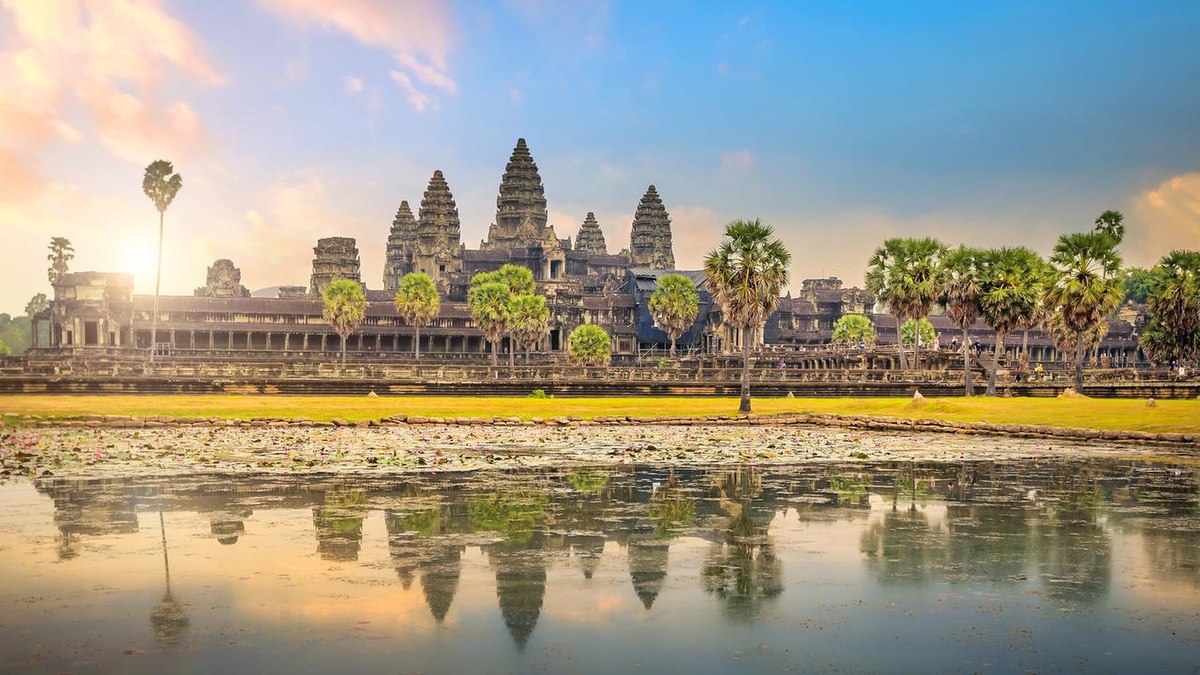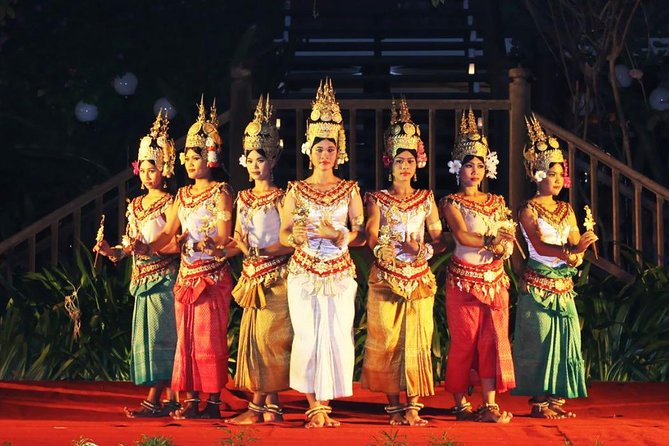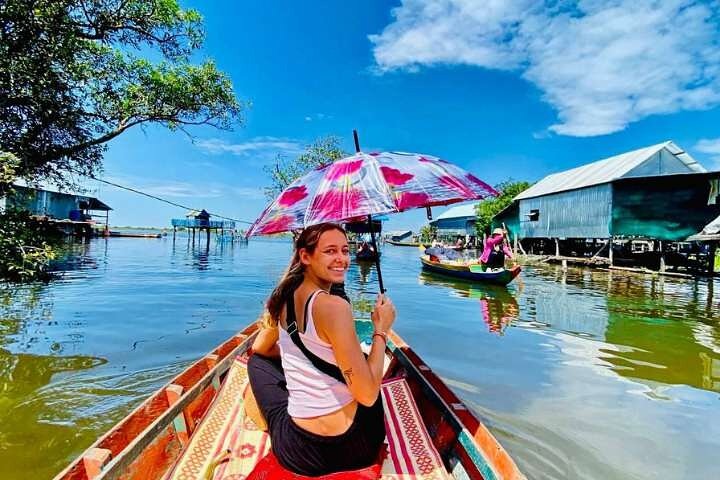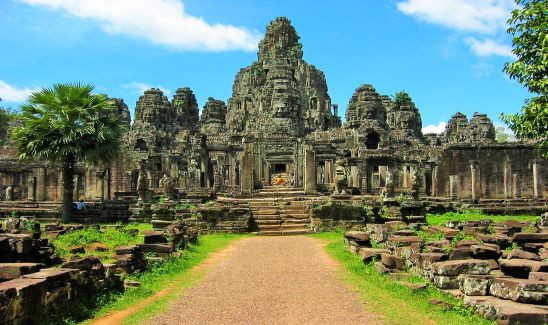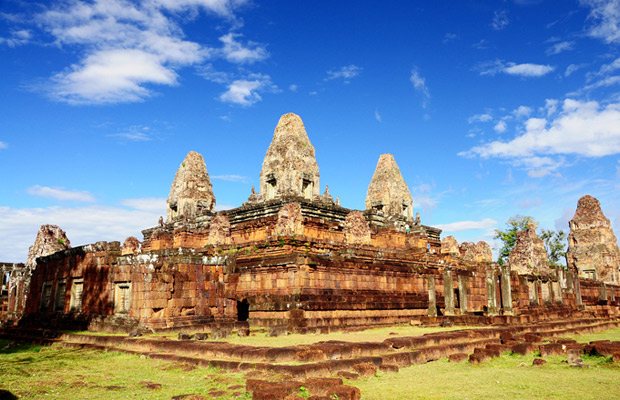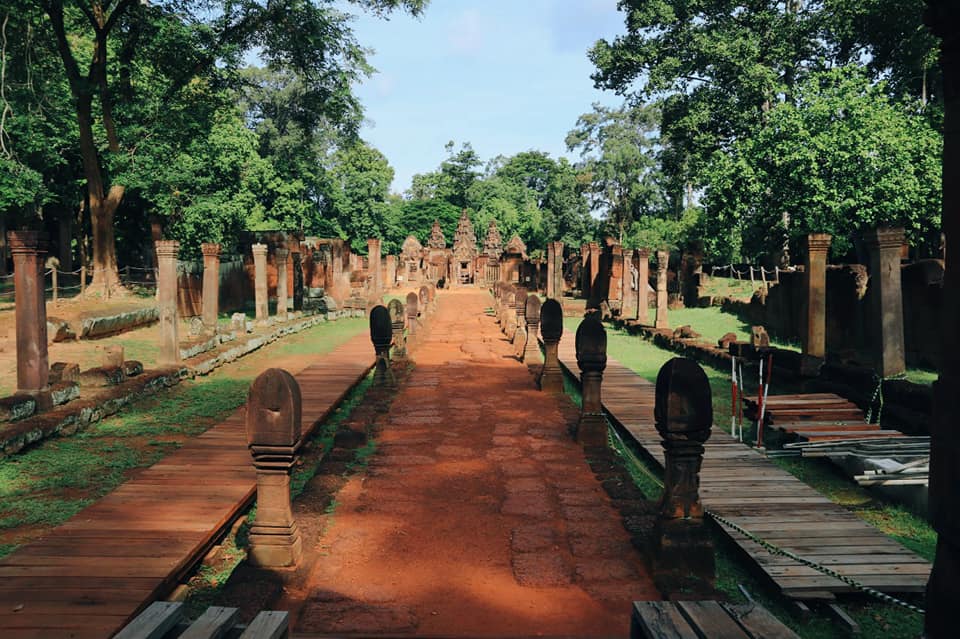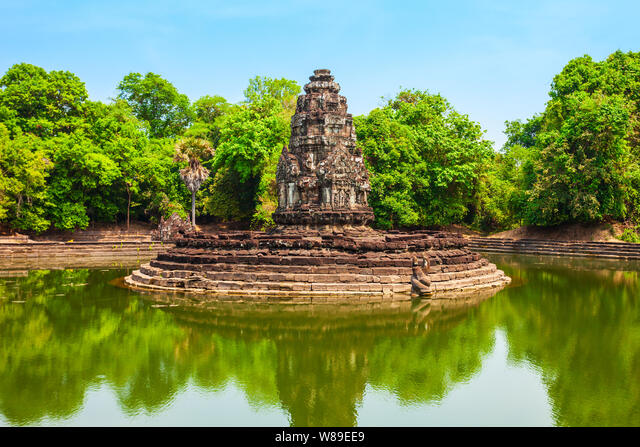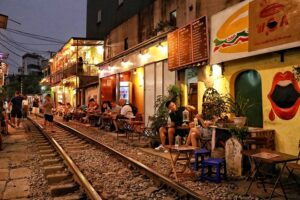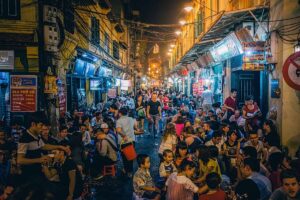Cultural Experience: A Journey Across Vietnam and Cambodia in 12 days
Price on request
 Duration: 12
Duration: 12
 Start /End: Ha noi / Siemreap
Start /End: Ha noi / Siemreap
 Travel: Ha noi - Ha Long Bay- Hoi An - Da Nang - Hue - Ben Tre - Sai Gon - Siem Reap
Travel: Ha noi - Ha Long Bay- Hoi An - Da Nang - Hue - Ben Tre - Sai Gon - Siem Reap
 Meals: Desayunos, Almuerzos, Cenas
Meals: Desayunos, Almuerzos, Cenas
 Group size: Privado / Grupo
Group size: Privado / Grupo
 Book with Flexibility
Book with Flexibility
Inquire Now
 Hanoi - Casco angtiguo Hanoi - Bahia Ha Long - Hoi An - Da Nang - Hue - Sai Gon - Ben Tre - Siem Reap - Kompong Phluk - Angkor Thom - Angkor Wat - Banteay - Banteay Samre
Hanoi - Casco angtiguo Hanoi - Bahia Ha Long - Hoi An - Da Nang - Hue - Sai Gon - Ben Tre - Siem Reap - Kompong Phluk - Angkor Thom - Angkor Wat - Banteay - Banteay Samre Departure: 2024, 2025
Departure: 2024, 2025  Category: Superior
Category: Superior Suitable: Cultural, Playas
Suitable: Cultural, Playas Suitable:
Suitable:  Type:
Type:

Money back guarantee

BestPrice guaranteed

Customizable by local experts
Trip map & itinerary
Cultural Experience – Across Vietnam and Cambodia
Embarking on a journey through Vietnam and Cambodia offers travelers an unparalleled cultural experience, where ancient traditions, breathtaking landscapes, and vibrant cities come together. This guide will take you through the must-see destinations in these two Southeast Asian gems, offering insights into how to travel in Vietnam and the best ways to experience tourism in Cambodia. From the bustling streets of Hanoi to the majestic temples of Angkor Wat, each location offers unique sights and sounds that will leave you with unforgettable memories.
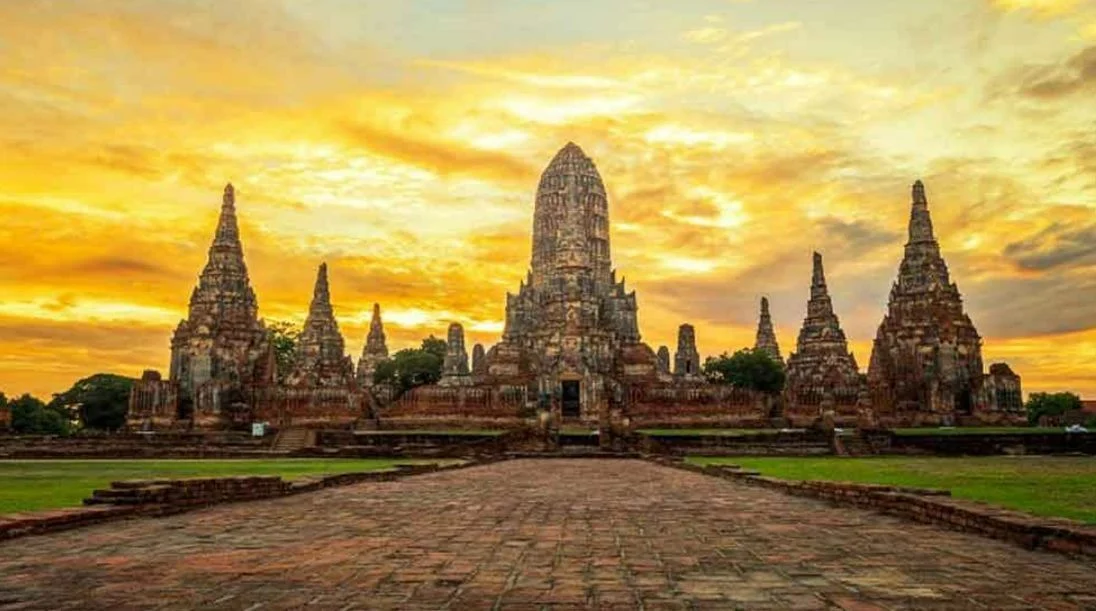
Hanoi: Discover the Timeless Charm of Vietnam’s Capital
Hanoi, the capital of Vietnam, is the perfect starting point for a journey through the country. A mix of old and new, this city is home to grand colonial buildings, ancient pagodas, and serene lakes. The Old Quarter offers a glimpse into the city’s past, with its narrow streets bustling with vendors selling everything from street food to souvenirs. Riding a traditional rickshaw (xich lo) through the quarter allows visitors to experience the local life in a way that feels like stepping back in time.
The cultural experience continues at the Ho Chi Minh Mausoleum, where visitors can learn about the legacy of Vietnam’s revolutionary leader. Nearby, the One Pillar Pagoda stands as one of the city’s most iconic structures, representing centuries of Vietnamese architecture and Buddhism. The Temple of Literature, Vietnam’s first university, provides an insight into the country’s long-standing reverence for education and Confucian principles.
For a more tranquil experience, West Lake and the nearby Tran Quoc Pagoda offer peaceful surroundings. The pagoda, dating back to the 6th century, is the oldest in the city and a spiritual hub for many locals.
How to Travel in Vietnam: Exploring Hanoi’s Unique Attractions
Navigating Hanoi is easy, with a mix of traditional rickshaws, taxis, and buses. For those seeking a deeper cultural experience, walking tours or cycling through the city allow for a closer look at the architecture and vibrant street life. If you’re wondering how to travel in Vietnam effectively, starting in Hanoi provides a gentle introduction to the country’s blend of modernity and tradition.
Ha Long Bay: Sailing Through One of the World’s Natural Wonders
After exploring the vibrant city of Hanoi, head east to Ha Long Bay, one of Vietnam’s most breathtaking destinations and a UNESCO World Heritage Site. The bay, known for its emerald waters and towering limestone islands, is a serene escape from the bustling cities.
Cruising through Ha Long Bay offers an up-close look at its 1,969 islands, with opportunities for swimming, kayaking, or simply relaxing on deck. The dramatic karst formations and secluded beaches make this bay one of the most picturesque locations in the world. For those seeking a true cultural experience, spending the night on a traditional wooden boat allows for a deeper connection with this natural wonder.
A Must-Do for Tourism in Vietnam: Ha Long Bay Cruises
When planning how to travel in Vietnam, a cruise through Ha Long Bay is a must. The cruises typically offer a blend of sightseeing, water activities, and local cuisine, making it a well-rounded experience for any traveler. Whether it’s a day trip or an overnight stay, the beauty of Ha Long Bay is sure to leave a lasting impression.
Hoi An: A Window Into Vietnam’s Trading Past
Hoi An, a charming coastal town, offers a stark contrast to the big cities of Vietnam. Known for its well-preserved ancient town, Hoi An is a former trading port where East meets West. Wandering through the narrow streets, you’ll find a unique blend of Chinese, Japanese, and European architecture, reflecting the town’s historical importance as a cultural crossroads.
One of the highlights of Hoi An is the Japanese Covered Bridge, a 400-year-old structure that symbolizes the town’s multicultural heritage. Nearby, the Phuoc Kien Pagoda and Tan Ky House offer additional glimpses into the town’s past, showcasing traditional Vietnamese architecture and the influence of Chinese immigrants.
Cultural Experience in Hoi An: Cooking Classes and Lantern Festivals
A visit to Hoi An isn’t complete without partaking in one of its famous cooking classes. Learn to make Banh Xeo (Vietnamese pancakes) or other traditional dishes, using fresh ingredients sourced from local markets. If your visit coincides with the full moon, don’t miss the Hoi An Lantern Festival, where the town is illuminated by thousands of colorful lanterns floating on the river. It’s a magical sight and a key highlight of tourism in Vietnam.
Hue: The Imperial Heart of Vietnam
Traveling further south, Hue offers a journey into Vietnam’s imperial past. Once the capital of the Nguyen Dynasty, this city is home to the Imperial City, a UNESCO World Heritage Site, where palaces, temples, and royal tombs tell the story of Vietnam’s last emperors.
Walking through the Forbidden Purple City, visitors can imagine the grandeur of imperial life, while sites like the Thai Hoa Palace and Ngo Mon Gate highlight the exquisite architecture of the era. For a deeper understanding of the region’s history, visit the Dong Ba Market, a bustling hub of local life where you can sample traditional dishes and shop for handcrafted souvenirs.
How to Travel in Vietnam: Scenic Routes and Historical Tours
Traveling from Hoi An to Hue offers one of the most scenic drives in the country, crossing the Hai Van Pass, where travelers are treated to stunning views of the coastline and mountains. This route is ideal for those wondering how to travel in Vietnam while soaking up its natural beauty.
Ho Chi Minh City: A Blend of Modernity and History
Ho Chi Minh City, formerly known as Saigon, is Vietnam’s largest metropolis and the beating heart of its southern region. The city offers a fascinating juxtaposition of modern skyscrapers and colonial-era landmarks.
Start your visit with a tour of the Reunification Palace, where the Vietnam War came to an official end in 1975. The Notre-Dame Cathedral and the Central Post Office are two iconic buildings that showcase French colonial architecture. Another must-visit is the Ben Thanh Market, a lively spot where you can haggle for everything from souvenirs to fresh produce.
Cultural Experience in Saigon: Exploring Markets and History
For those interested in the cultural experiences that tourism in Vietnam has to offer, Saigon’s bustling markets and historical sites provide a deeper understanding of the country’s transformation from a colonial outpost to a modern metropolis.
Mekong Delta: The Lifeblood of Southern Vietnam
A short trip from Ho Chi Minh City brings you to the tranquil Mekong Delta, a region defined by its network of rivers, swamps, and islands. The Mekong River is the lifeblood of the area, supporting communities that live off fishing, farming, and coconut production.
Visitors can take a boat ride through the delta’s narrow canals, passing by stilt houses and floating markets. Ben Tre, known for its coconut candy production, is a highlight of any trip to the delta, offering a glimpse into the rural life that has changed little over the centuries.
Siem Reap: Gateway to Angkor Wat
Crossing into Cambodia, the town of Siem Reap is the starting point for exploring the Angkor Archaeological Park, home to over 100 temples that date from the 9th to 13th centuries. The crown jewel is Angkor Wat, a vast temple complex that is one of the world’s largest religious monuments and a UNESCO World Heritage Site.
Beyond Angkor Wat, visitors can explore Angkor Thom, with its famous Bayon Temple, known for its massive stone faces, and the Terrace of the Elephants, where kings once held court. For those seeking a cultural experience, the traditional Apsara Dance performances offer a glimpse into Cambodia’s rich artistic heritage.
Tourism in Cambodia: Exploring Temples and Villages
While Angkor Wat is undoubtedly the main attraction, don’t miss the opportunity to visit smaller temples like Banteay Srei, known as the “Citadel of Women” for its intricately carved pink sandstone. A visit to Kompong Phluk, a village built on stilts over a lake, provides a fascinating look at the traditional way of life in rural Cambodia.
Conclusion: A Journey Through Time and Culture
From the vibrant streets of Hanoi to the ancient ruins of Angkor Wat, this 12-day journey offers a deep dive into the history, culture, and natural beauty of Vietnam and Cambodia. Whether you’re navigating the bustling markets of Saigon or sailing through the serene waters of Ha Long Bay, the experiences you’ll have on this trip are bound to leave a lasting impression.
Tourism in Vietnam and Cambodia not only offers breathtaking sights but also provides a cultural experience that will enrich your understanding of Southeast Asia. By learning how to travel in Vietnam and embracing the cultural heritage of tourism in Cambodia, you’ll walk away with memories and stories that will last a lifetime.
More informacion:


 Español
Español Tiếng Việt
Tiếng Việt